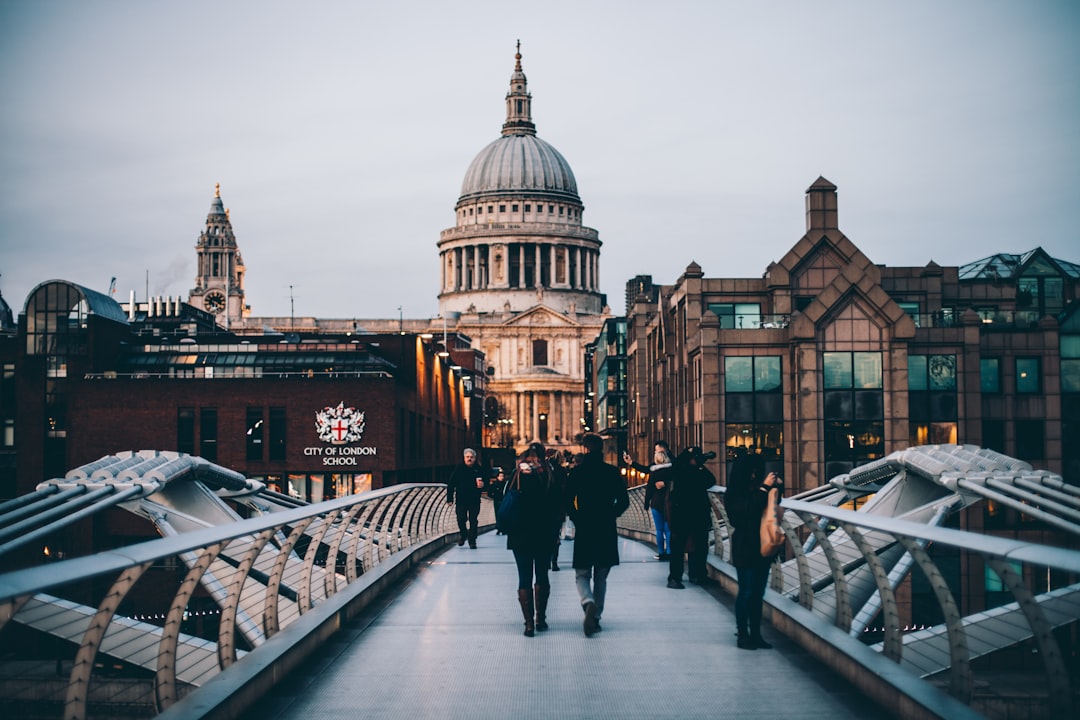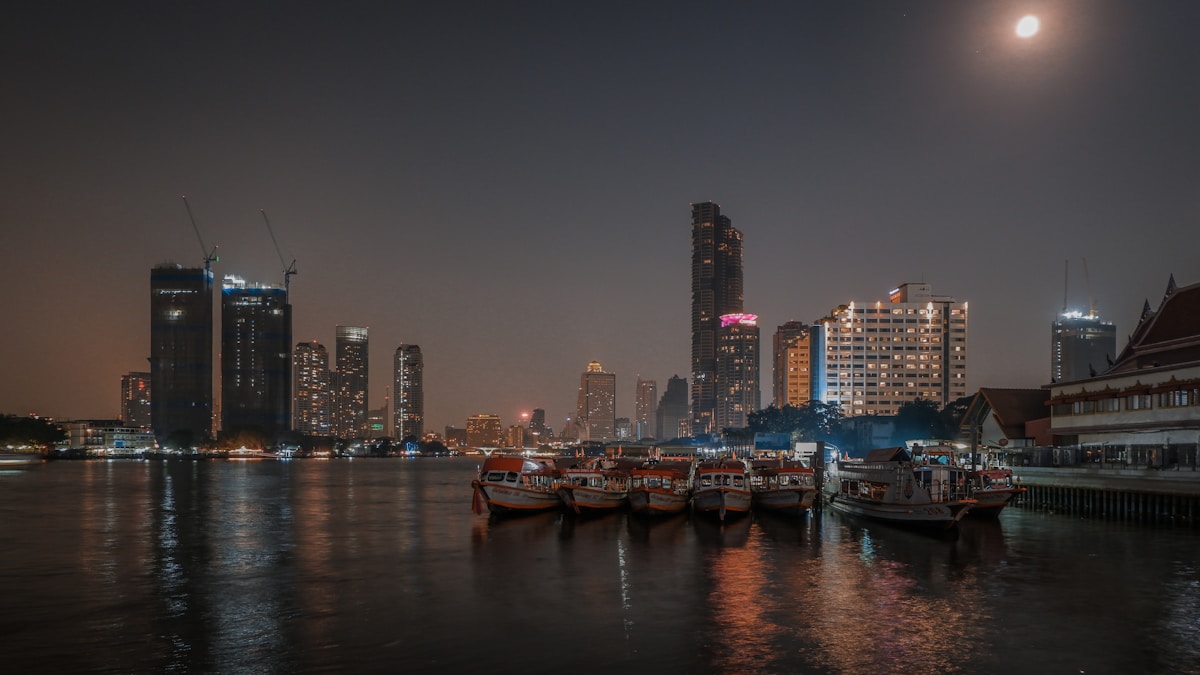🌟 Introduction
City Overview and Unique Selling Points
London, a vibrant mix of history, culture, innovation, and tradition, stands as not only the capital of England but also as a global icon. From the historic Tower of London to the modern Shard, London offers an eclectic mix of old and new, making it one of the most diverse and culturally rich cities in the world. The city’s unique selling points include its royal heritage, world-class museums, and a dynamic arts and entertainment scene.
Best Time to Visit
The best time to visit London is during the spring (March to May) and fall (September to November) months. These periods offer milder weather, fewer crowds, and the natural beauty of the city’s parks in full bloom or the striking autumnal colors.
Travel Planning Essentials
When planning a trip to London, consider booking flights and accommodations well in advance, especially if traveling during peak tourist seasons. London is served by several major airports, with Heathrow being the largest. For getting around the city, investing in an Oyster card for access to public transport including buses and the Underground is highly recommended.
🛍️ Essential Travel Gear
🎨 Cultural Background & History
Historical Significance
London’s history stretches back to Roman times, and its global influence over the centuries is evident in its architecture and cultural landmarks. From the British Empire’s reach to its role in the industrial revolution, London’s history is a complex tapestry of innovation, conquest, and art.
Cultural Highlights
London is home to several UNESCO World Heritage sites, including the Tower of London and Kew Gardens. Additionally, the city’s cultural scene is bustling with over 200 museums, numerous theatres in the West End, and galleries like the Tate Modern and the National Gallery.
Local Customs and Etiquette
Londoners are known for their politeness and reserve. When using public transport, it’s customary to stand on the right on escalators and to queue orderly. Tipping is generally expected in restaurants, usually around 10-15% of the bill, if service charge isn’t included.
🛍️ Local Food Experience
🌤 Weather & Seasonal Guide
Climate Information by Season
London’s climate is temperate maritime, with no extreme seasonal temperature variations. Summers are mild to warm, averaging around 18°C to 30°C, while winters are cold, ranging from 2°C to 8°C. Rain is fairly distributed throughout the year.
Peak vs Off-Peak Seasons
Peak tourist seasons in London are during the summer months of June to August and the festive season around Christmas and New Year’s Eve. Off-peak seasons, which can offer fewer crowds and sometimes reduced prices, include early spring and late autumn.
Festival Calendar
London’s festival calendar is bustling with events. Notable mentions include the Notting Hill Carnival in August, the largest street festival in Europe; Trooping the Colour in June, a military parade to celebrate the Queen’s official birthday; and Winter Wonderland in Hyde Park during the Christmas season.
🛍️ Essential Travel Gear
📸 Top Attractions
Must-Visit Landmarks
The Buckingham Palace, the British Museum, and the Houses of Parliament with its iconic Big Ben are essential must-see landmarks. Not to forget the historic and architecturally significant Tower Bridge and the modern London Eye, offering panoramic views of the city.
Popular Tourist Spots
Other popular spots include Camden Market, known for its eclectic trades; the Shard for an unparalleled view of the city; and the vibrant districts of Soho and Covent Garden, teeming with shops, restaurants, and theaters.
Opening Hours and Prices
Most major attractions have varying operating hours, often extending in the summer. For instance, the Tower of London is open from 09:00 to 17:30. Prices also vary; a standard adult ticket for the London Eye costs around £30, while entry to the British Museum is free, though donations are encouraged.
🛍️ Photography Essentials
🍽 Food & Dining
Local Specialties
Traditional British dishes such as fish and chips, Sunday roast, and afternoon tea should be on your culinary itinerary. Also, London’s diverse population means there’s a wealth of international cuisine to explore, from authentic curries in Brick Lane to Michelin-starred dining experiences.
Best Restaurants
For a quintessential British dining experience, consider Rules in Covent Garden, London’s oldest restaurant famous for its game dishes. For a taste of modern luxury, The Ledbury in Notting Hill offers exquisite two-Michelin-star dining.
Food Districts
Areas such as Soho and Shoreditch are renowned for their vibrant food scenes, featuring everything from street food markets like Borough Market to upscale eateries. These neighborhoods offer a delightful experience for every palate and budget.
🛍️ Local Food Experience
🎉 Activities & Experiences
Popular Activities
Exploring London’s royal heritage by visiting the Buckingham Palace and Windsor Castle, taking a scenic cruise on the River Thames, or enjoying a West End show are all popular activities among visitors.
Unique Experiences
For something different, consider a Jack the Ripper night walking tour, exploring the street art in East London, or booking a high-speed boat ride on the Thames for adrenaline-pumping views of the city’s landmarks.
Tour Recommendations
Joining a guided tour can enhance your London experience. Popular options include walking tours of historic districts, bus tours for a comprehensive city overview, and themed tours like Harry Potter film sites.
🛍️ Essential Travel Gear
💡 Travel Tips
Transportation Guide
London’s extensive public transport network is efficient and user-friendly. The Tube (underground train) reaches most areas of the city. Buses offer a cheaper, scenic alternative. Consider purchasing a Visitor Oyster card for discounted fares across buses, tubes, and other transport modes.
Safety Information
London is generally a safe city for tourists. However, like in any major city, it’s advisable to remain vigilant, especially in crowded places and on public transport. Keep your belongings secure and be aware of your surroundings.
Money-Saving Tips
Save money by visiting free attractions like the British Museum and the National Gallery. Dining out can be expensive, so consider meals in pubs or food markets. Also, take advantage of London’s extensive walking routes to save on transport costs.
🛍️ Photography Essentials
🏨 Accommodation Guide
Best Areas to Stay
For first-timers, staying in central areas like Westminster or Covent Garden is ideal due to their proximity to major attractions. Those looking for a more luxurious stay might prefer Kensington or Mayfair. For budget-conscious travelers, areas like Camden or Brixton offer more affordable accommodation options.
Hotel Recommendations
Options range from the luxurious Ham Yard Hotel (from $914/night) and Haymarket Hotel (from $737/night) to more budget-friendly choices like the Wilson House (from $73/night). For those seeking the comfort of home, serviced apartments such as the 44 Curzon Street by Mansley (from $353/night) are also available.
Price Ranges
Accommodation prices in London can vary widely based on location, time of year, and the level of luxury. Budget options can start from as low as $50 per night for hostels, with mid-range hotels averaging $150-$300 per night and luxury accommodations exceeding $500 per night.
🛍️ Photography Essentials
🏨 Best Places to Stay in London

Basil Street Apartments
331
-18%

Uber Spacious Bloomsbury Loft Apartment
390
-23%

Ham Yard Hotel
914
-17%

The Soho Hotel
660
-18%

Discovery Dock East Apartments
359
-21%

Wilson House
73
-19%

Sleep City Apartments Waterloo
290
-30%

Haymarket Hotel
737
-19%

44 Curzon Street by Mansley Serviced Apartments
353
-27%

London Lifestyle Apartments – Belgravia – Chelsea
426
-16%


